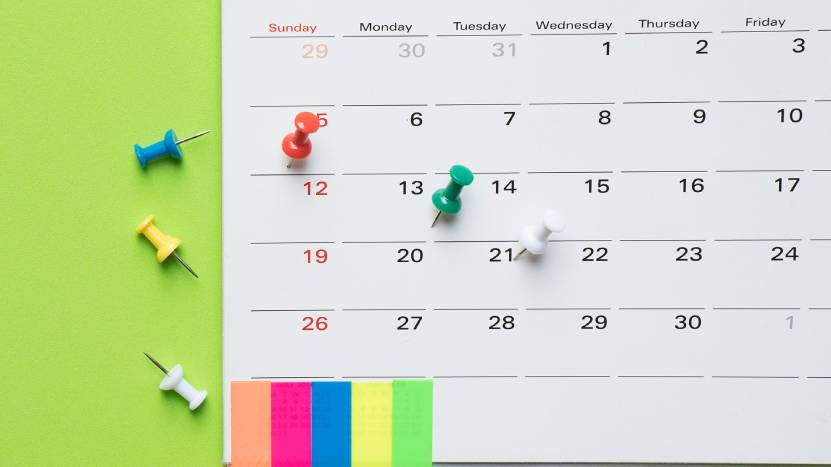You’re busy running a business, but you know you need to put out content with some consistency to keep you engagement up and Google interested. Yet every week, you’re sitting in front of a blank document, feeling equally blank.
Head into 2019 prepared with our simple approach to a content calendar. We’ll give you a 30,000 foot view of everything you need to assemble a simple editorial calendar, intended for smaller teams (up to five people working with content).
Where do I start?
Before you start gathering your information, you need a template to put it into. The simplest, most accessible tools you can use are either a calendar or spreadsheet, depending on your needs. This may come down to personal preference and your own comfort, but both are good, accessible options for a small team. We’ll show a couple of examples that use Google Sheets.
Create a structure.
If you’re using a calendar (like Google or iCal), your dates will, of course, be populated already. If you’re using a spreadsheet, you’ll need to enter them by hand. We recommend putting each date in, including dates you don’t intend to publish, and noting the week number.
Decide on frequency.
It doesn’t have to be a super-rigorous schedule, but you do want to create some sense of consistency in publishing. You want to define what you’re publishing and when. One key to good content is to publish info people look forward to, and making it available on a specific day of the week helps garner loyalty. For example, Rihanna’s Fenty Beauty puts out a new YouTube video themed #TutorialTuesday every, you guessed it, Tuesday. They can then promote this new piece of content across social media and email.
Get specific.
Now that you’ve created a skeleton schedule of where and when you want to publish, it’s time to decide the what. This is where you get specific about exactly what those posts are going to be. Of course, if something timely or urgent comes up, you can alter your schedule, but keep in mind that the more you have written ahead of time, the less you have to worry about it when the moment arrives. Greater specificity also helps if you’re contracting to freelancers or having someone assist you.
Don’t forget these…
Again, you can be as specific as you want or need to be, but examples of some basic information to include would be who’s responsible, a due date, notes on what to include or a question you want the content to answer, SEO keywords you’re targeting, your call to action, and any relevant links. You’ll want to specify how your team hands off info as well (if you have a designer working on images or a social media manager posting as well).







